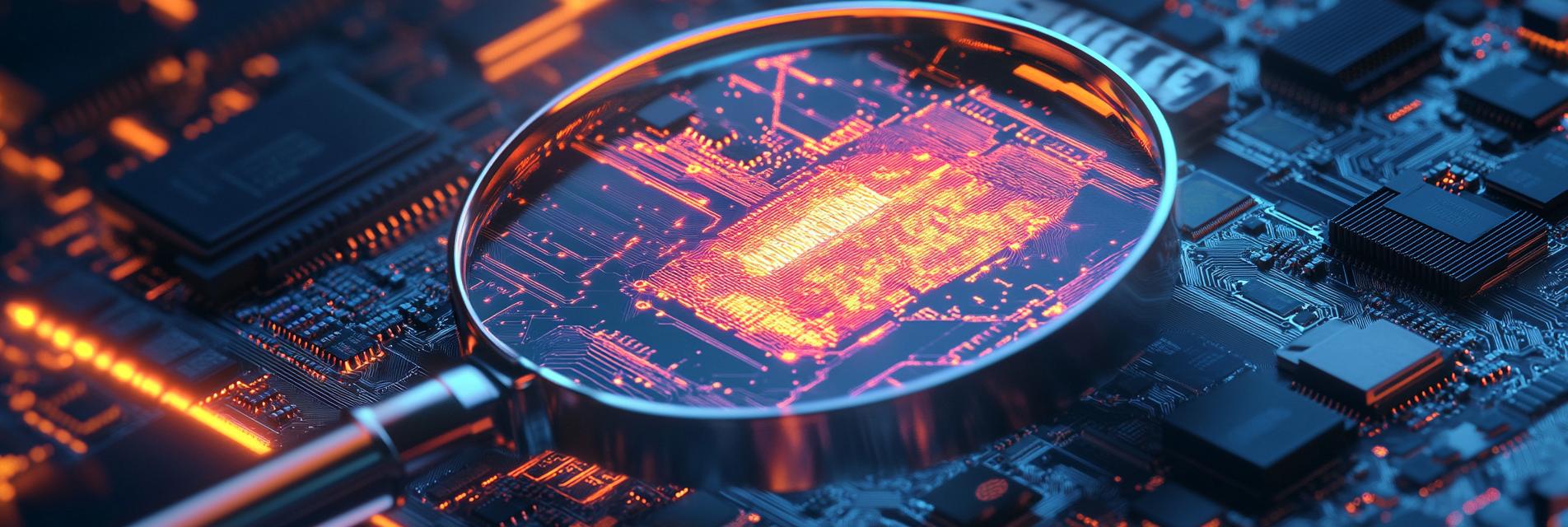In the rapidly evolving world of electronics, the demand for efficiency and miniature designs has made High-Density Interconnect (HDI) PCBs integral to modern technology. These advanced circuit boards stand out due to their capacity for high I/O counts and petite footprints, paving the way for sophisticated applications in consumer electronics, automotive, and telecommunications. This article delves into the cost-effectiveness of HDI PCBs, illustrating their advantages and implications for manufacturers and designers alike.
One of the primary advantages of HDI PCBs is their superior performance in tight design constraints. The use of microvias, finer traces, and reduced space significantly enhances the functionality of devices. Moreover, HDI technology facilitates heat dissipation and lowers signal loss, both critical factors in high-frequency applications. As a result, products manufactured with HDI PCBs often enjoy a longer lifecycle and increased reliability, translating into significant cost savings over time.
While the initial investment for HDI PCBs might be higher than traditional PCBs, it is essential to consider the total cost of ownership. Factors affecting the cost include the complexity of the design, the number of layers required, and the materials used in production. Additionally, adequate planning and optimized manufacturing processes can mitigate costs while maximizing production efficiency. Consequently, the higher upfront costs can often be offset by the substantial benefits over the product's lifetime.

In a competitive market, leveraging the advantages of HDI PCB technology can serve as a crucial differentiator. Manufacturers that adopt HDI PCBs can push the boundaries of innovation, leading to enhanced product features that meet evolving consumer demands. By providing smaller, lighter, and more efficient devices, companies can attract broader customer bases, establishing themselves as leaders in their respective industries.
Ultimately, the decision to invest in HDI PCBs hinges on a careful analysis of cost versus benefit. Although the initial costs may appear prohibitive, the long-term value derived from performance improvements, reliability, and customer satisfaction often justifies the investment. As the electronics landscape continues to advance, HDI PCBs are poised to play an increasingly vital role, making them a worthy consideration for manufacturers aiming for excellence in product design and functionality.
